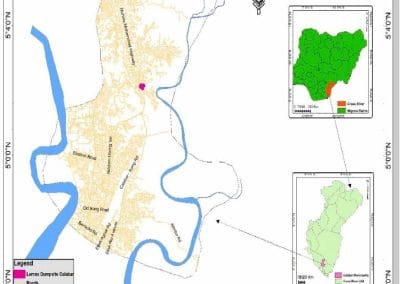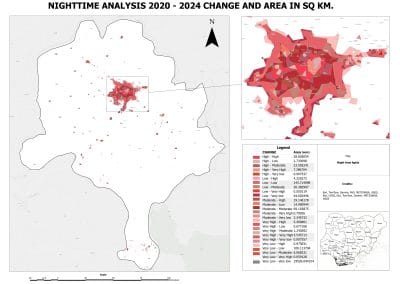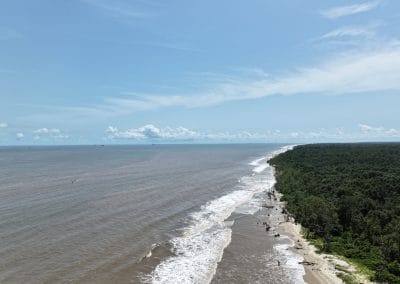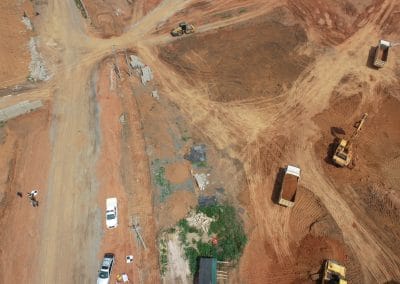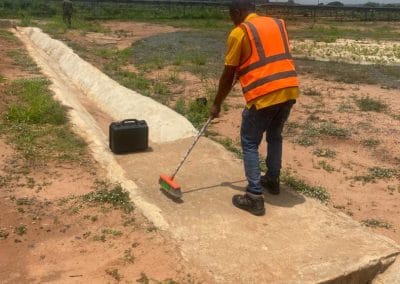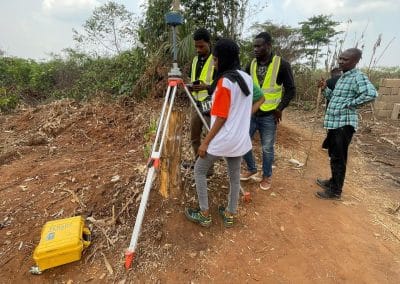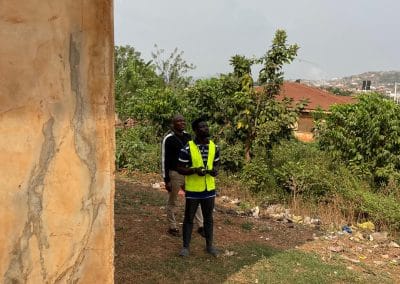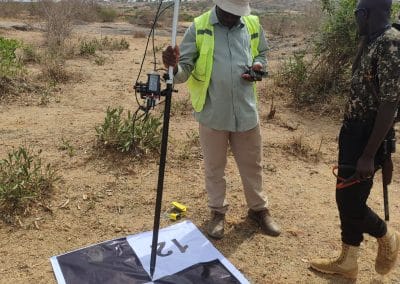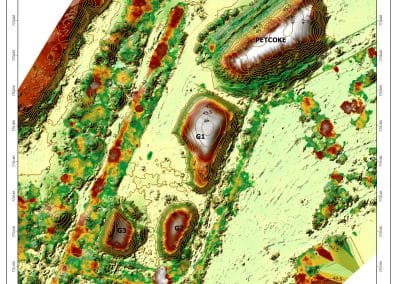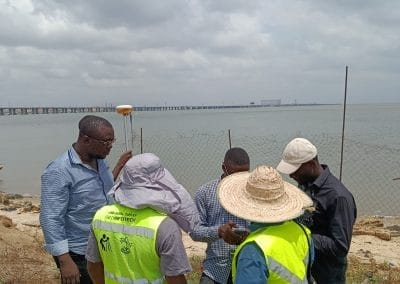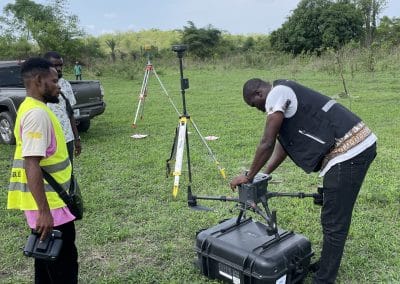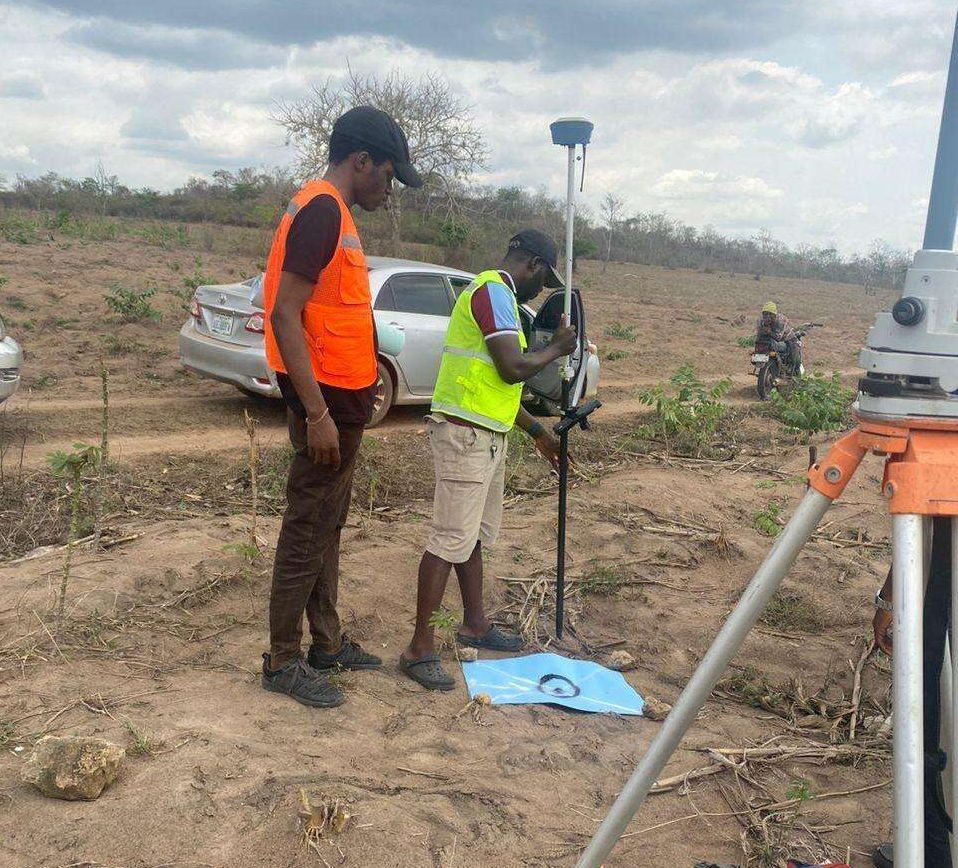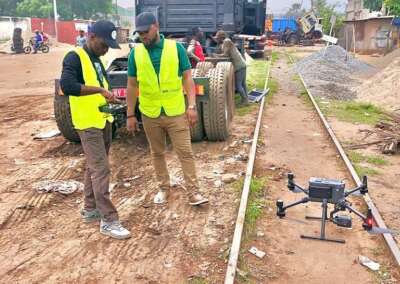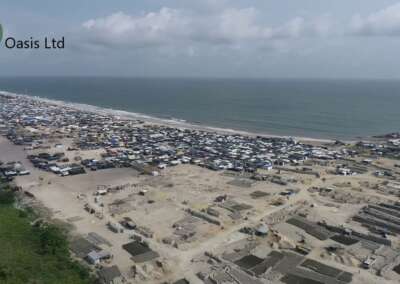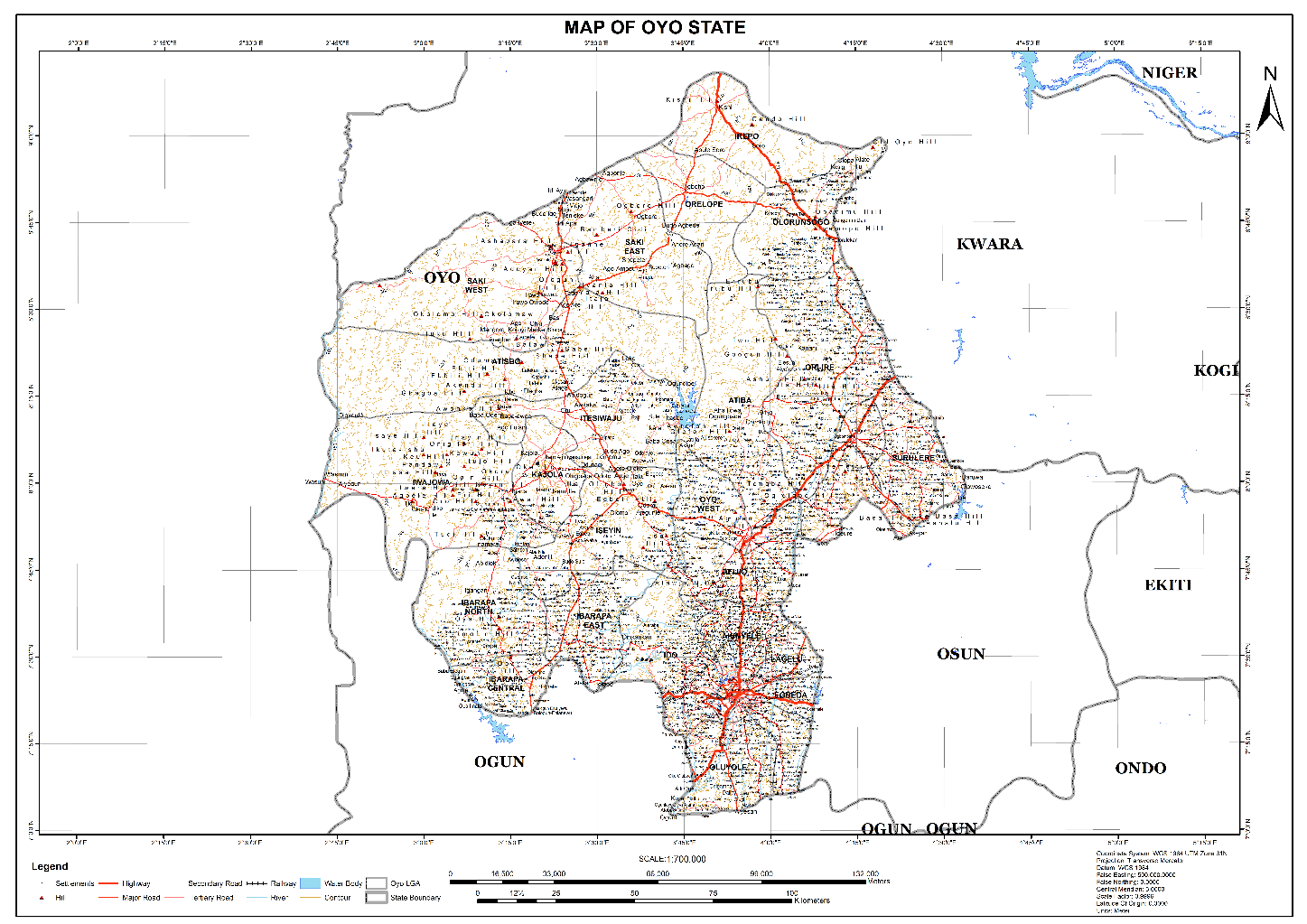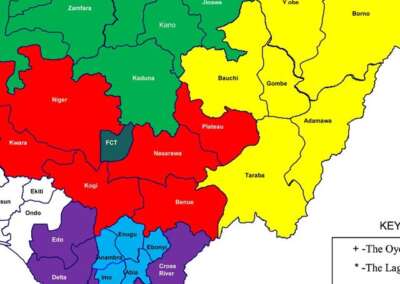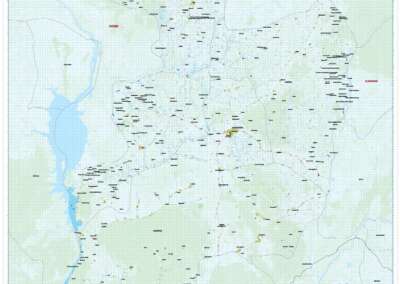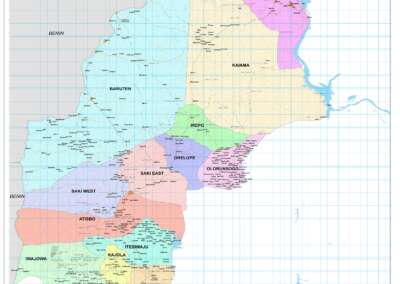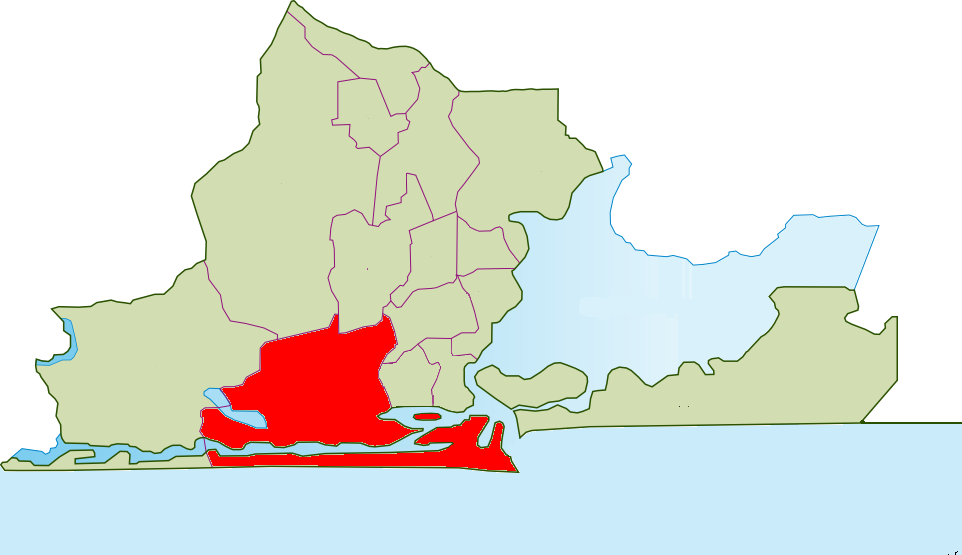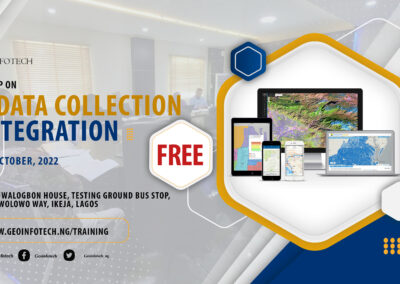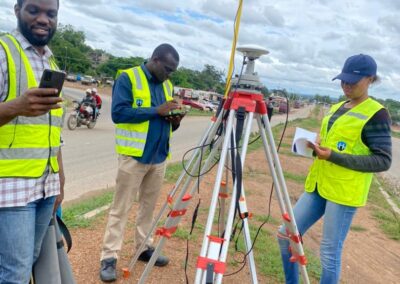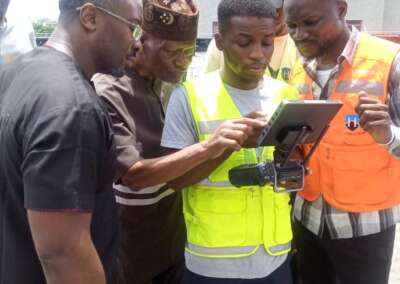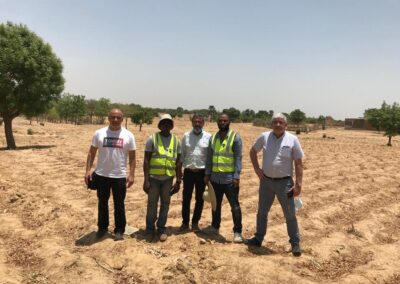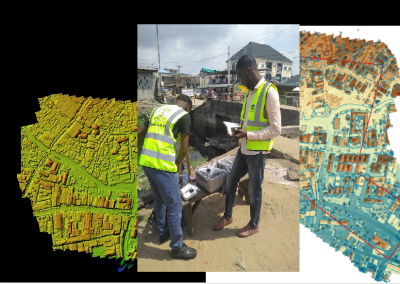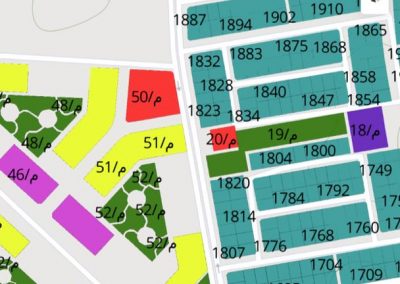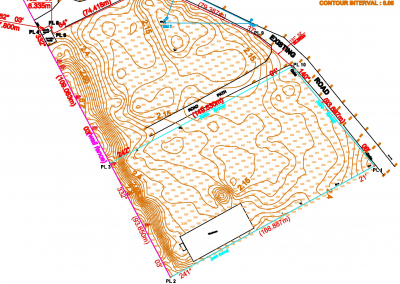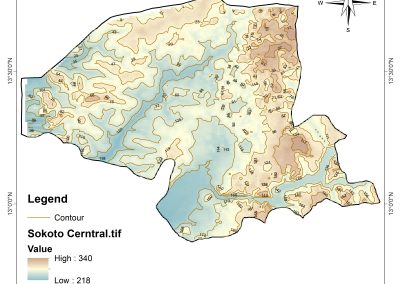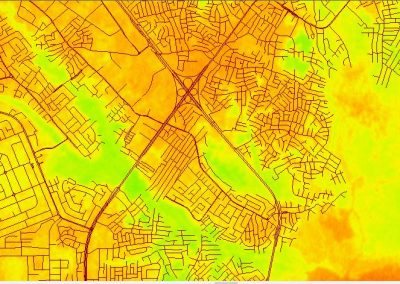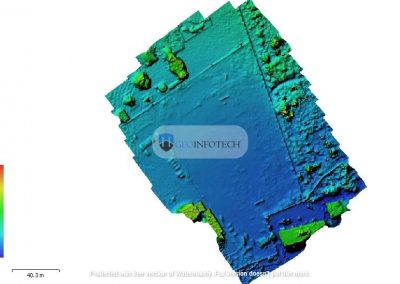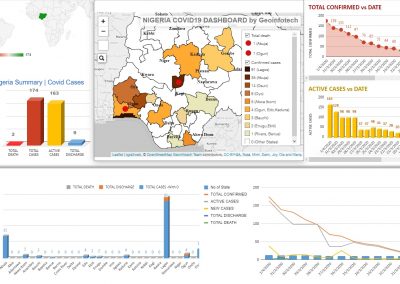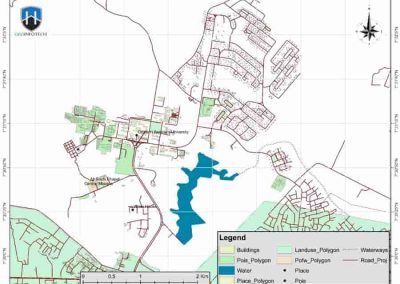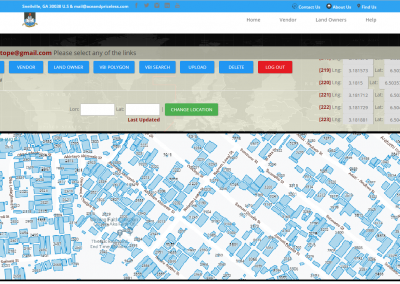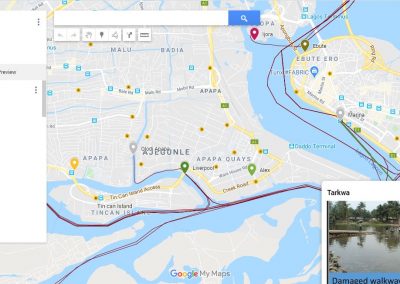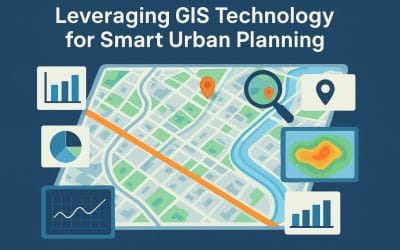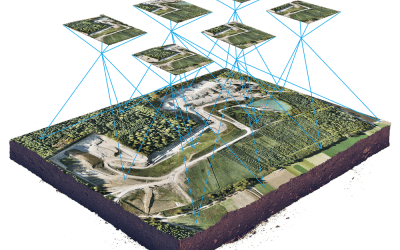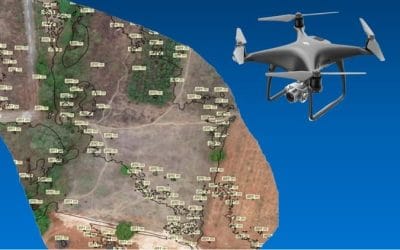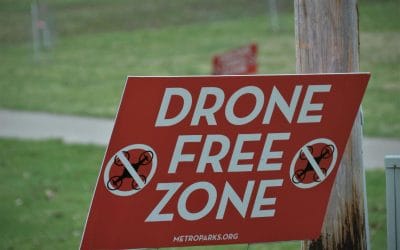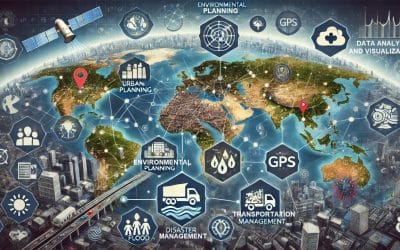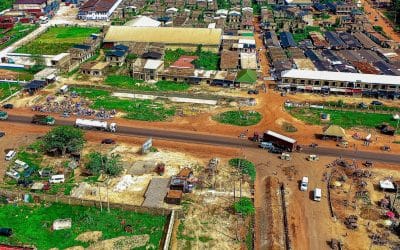Urban planning is a multifaceted field that requires a delicate balance between development and sustainability. One of the most critical tools in modern urban planning is geo-information, which encompasses geographical data and spatial information. This technology has revolutionized the way cities are designed, developed, and maintained.
What is geo-information and what role does it play in urban planning?
- Understanding Geo-information
Geo-information refers to data that is associated with a specific location on the Earth’s surface. This data can be collected through various means, such as satellite imagery, GPS, remote sensing, and geographic information systems (GIS). The integration of these data sources allows urban planners to visualize and analyze spatial relationships and patterns in a comprehensive manner.

- Enhanced Decision-Making
One of the primary benefits of geo-information in urban planning is enhanced decision-making. By utilizing GIS, planners can overlay different types of data such as population density, infrastructure, environmental conditions, and land use on a single map. This holistic view helps in identifying optimal locations for new developments, zoning, and resource allocation. For instance, understanding the spatial distribution of schools and hospitals can guide decisions on where new facilities are most needed.
- Sustainable Development
Geo-information plays a crucial role in promoting sustainable development. Planners can assess environmental impacts by analyzing spatial data on natural resources, green spaces, and pollution levels. This enables the creation of urban plans that minimize ecological footprints and promote environmental conservation. For example, GIS can help in identifying areas that are prone to flooding, enabling the implementation of appropriate flood management strategies.

- Infrastructure Management
Efficient infrastructure management is another key area where geo-information proves invaluable. Urban planners use spatial data to monitor and maintain infrastructure such as roads, bridges, and utilities. This data-driven approach helps in identifying areas in need of repair or upgrade, ensuring the longevity and reliability of urban infrastructure. Moreover, during emergencies, geo-information can assist in disaster response by providing real-time data on affected areas and infrastructure status.
- Public Participation
Engaging the public in urban planning processes is crucial for creating communities that reflect the needs and desires of their residents. Geo-information facilitates this by providing interactive maps and visualization tools that the public can easily understand and interact with. Public participation GIS (PPGIS) allows citizens to contribute their local knowledge and preferences, fostering a more inclusive planning process.
- Smart Cities
The concept of smart cities is heavily reliant on geo-information. Smart cities leverage data and technology to improve the quality of life for their inhabitants. Geo-information supports smart city initiatives by providing real-time data on traffic patterns, energy usage, waste management, and more. This data is crucial for optimizing city operations and enhancing urban living standards.
- Future Challenges and Opportunities
While geo-information offers numerous advantages, it also presents challenges. Data privacy and security are major concerns, as the collection and use of geospatial data can infringe on individual privacy. Additionally, there is a need for standardization in data collection and sharing to ensure interoperability between different systems and organizations.
Looking forward, advancements in geo-information technologies, such as the integration of artificial intelligence and machine learning, hold great promise. These technologies can further enhance data analysis capabilities, leading to more accurate predictions and better planning outcomes.
Conclusion
In conclusion, geo-information is a cornerstone of modern urban planning, providing critical insights and tools for creating sustainable, efficient, and livable cities. By harnessing the power of geographical data, urban planners can make informed decisions that benefit both current and future generations. As technology continues to evolve, the role of geo-information in urban planning will only become more pivotal, driving innovation and progress in the development of our urban landscapes.





